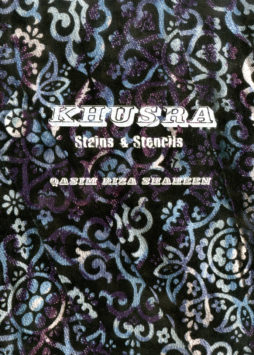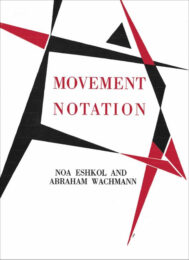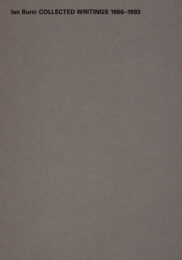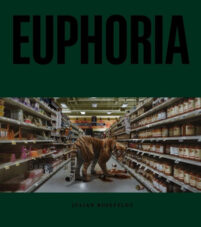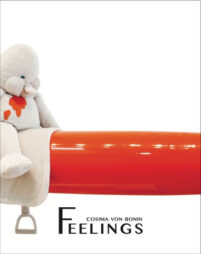The work takes the khusra communities of Lahore, the artist, his mother and the spectators into a space where gender is negotiable. It offers an invitation to explore alternative ways of looking at one another and ourselves. In all its splendour, masquerade in one form or another takes the minds eye into contemplation. What are often revealed are stains and stencils – conspicuous, indelible, at times ornamental, marks of identities that dance through the contradictions of its religious, political and cultural landscape.
From within this very specific Pakistani cultural context emerge the ‘he-shes’ of Lahore. It is thought that the term Khusra historically is derived from the term Khwaja Sera; the hermaphrodite or the castrated male who had the physical strength to guard the womens’ harem of the Moghal courts, yet posed no sexual threat. Away from its grandeur, today khusra sits closely with the term ‘faggot’.
A khusras choice to adorn himself in women’s attire is not necessarily recreational but perhaps more to do with personal reaffirmation in societies where institutional doors are often closed. Beyond being the devotees of shrines and decors of ceremonies, khusras are an embodiment of a lifestyle that demands both attention and solidarity in its choreography, rituals and public behaviour.
The Nation, the playground, and the family become intertwined in dream narratives and desires. Khusra is a pejorative term and for that reason alone the work strives to displace it”. Qasim Riza Shaheen
Published by Shisha in association with Castlefield Gallery and Cornerhouse Publications


